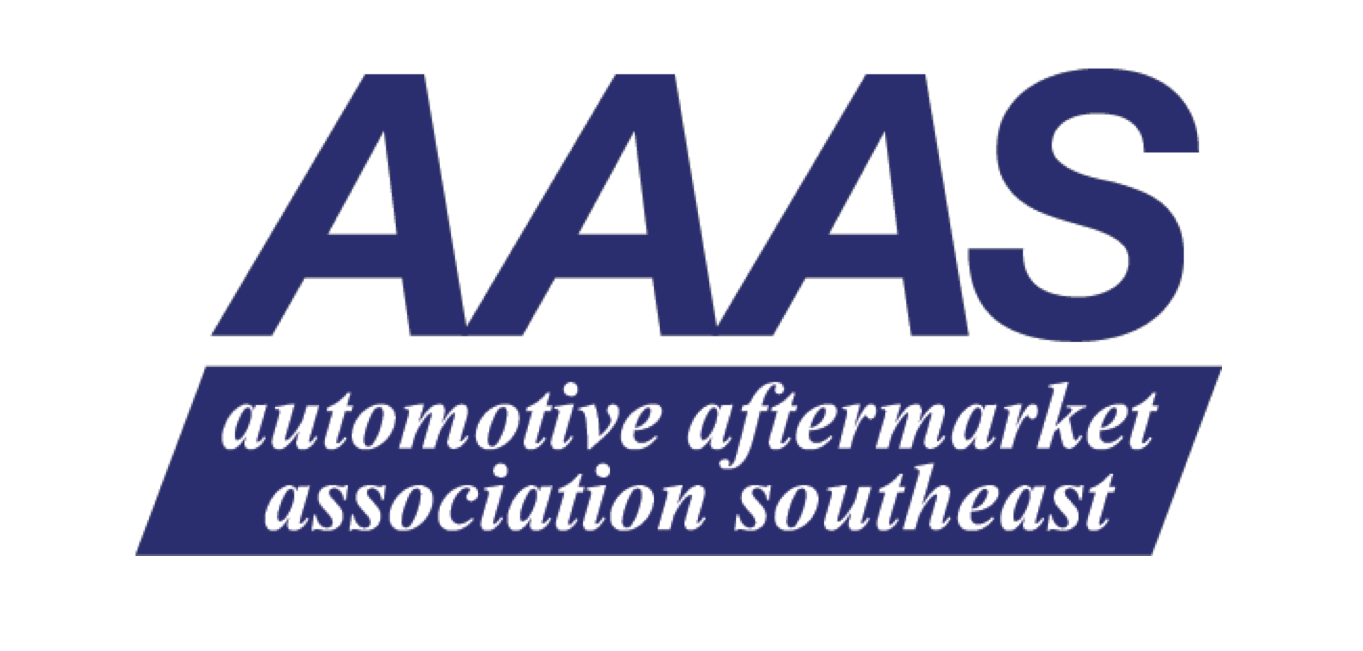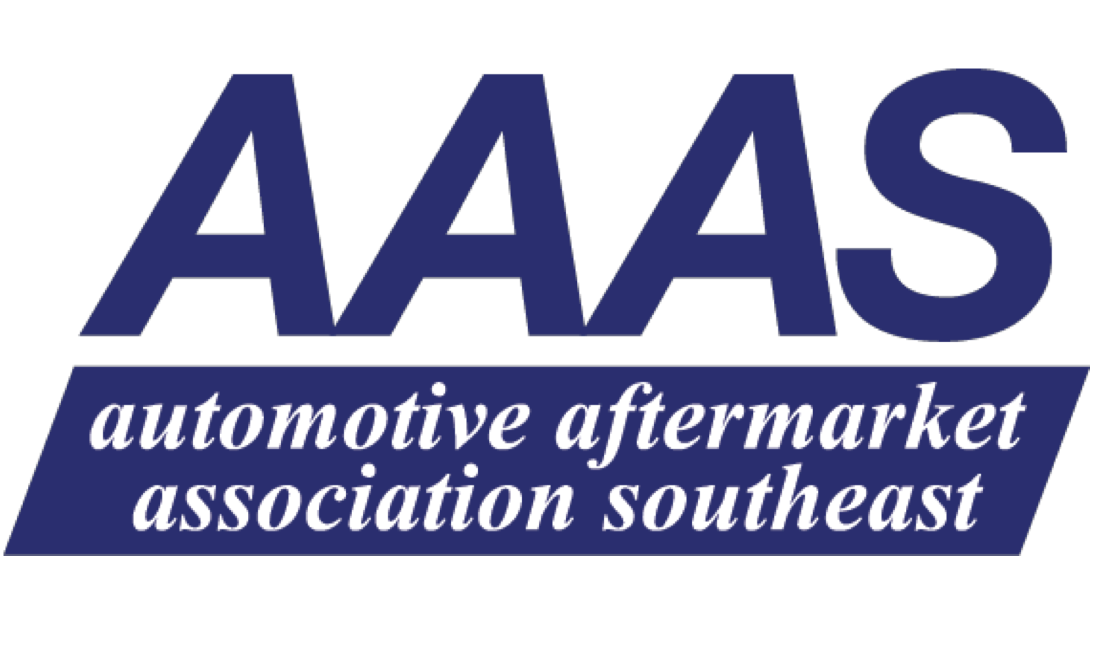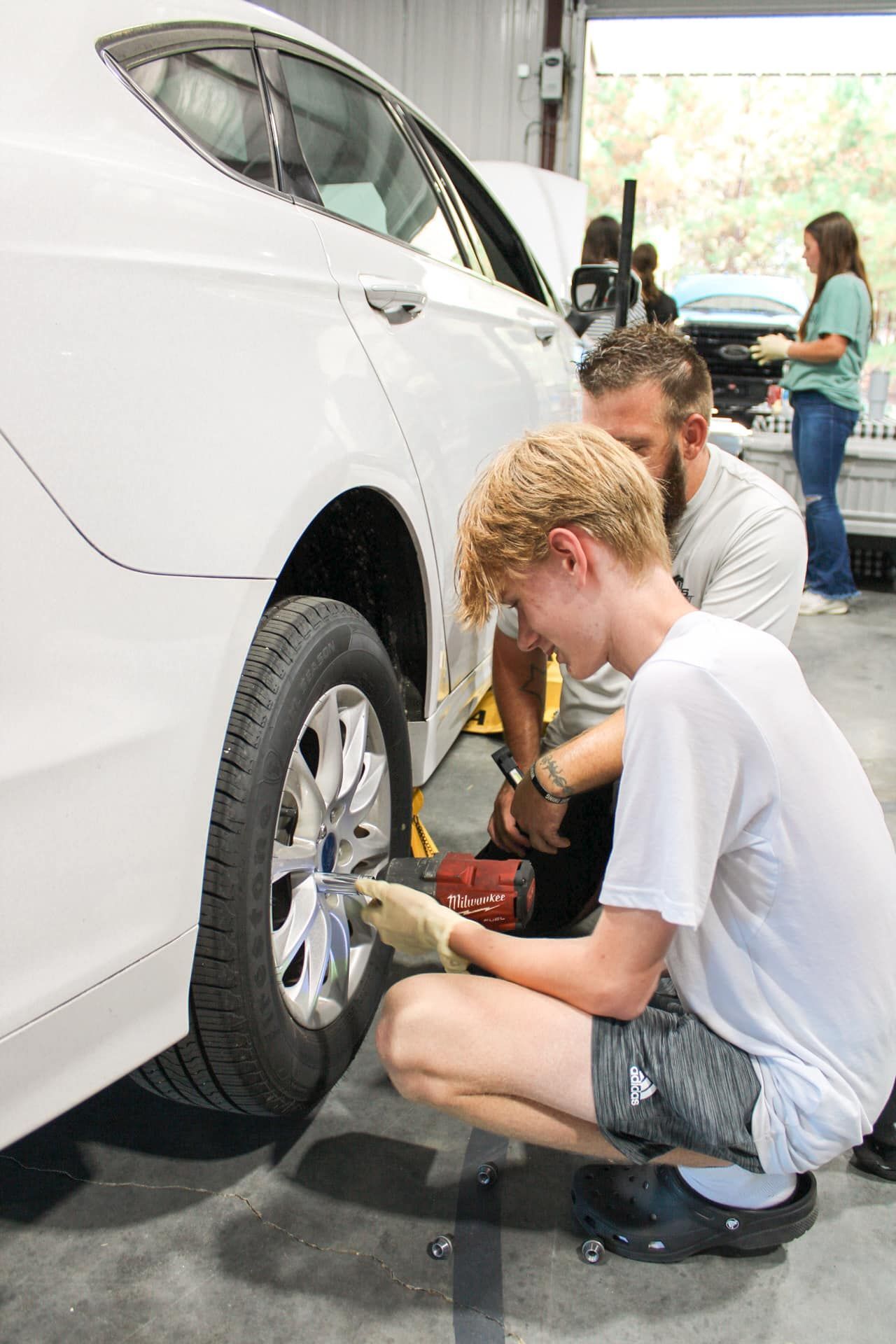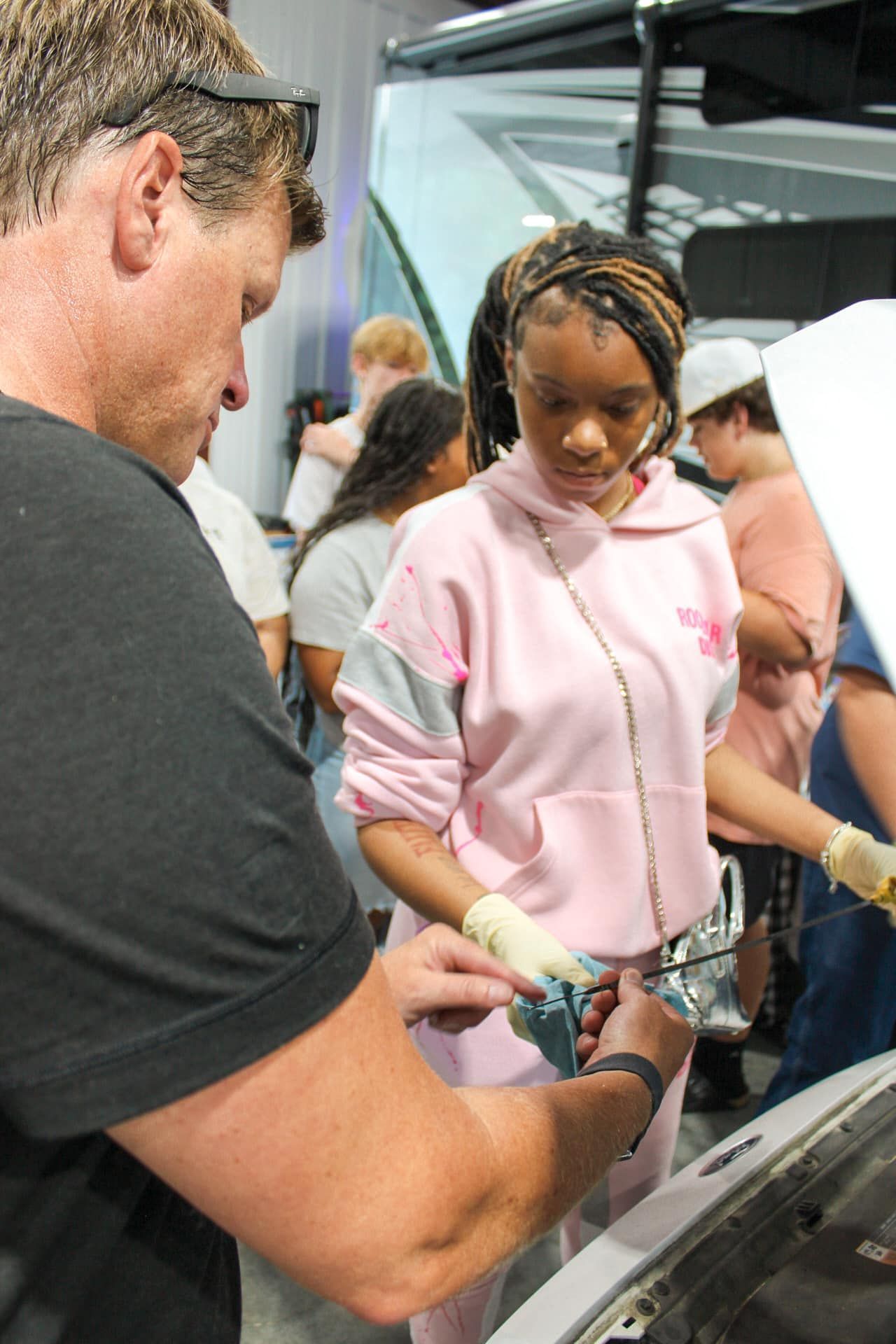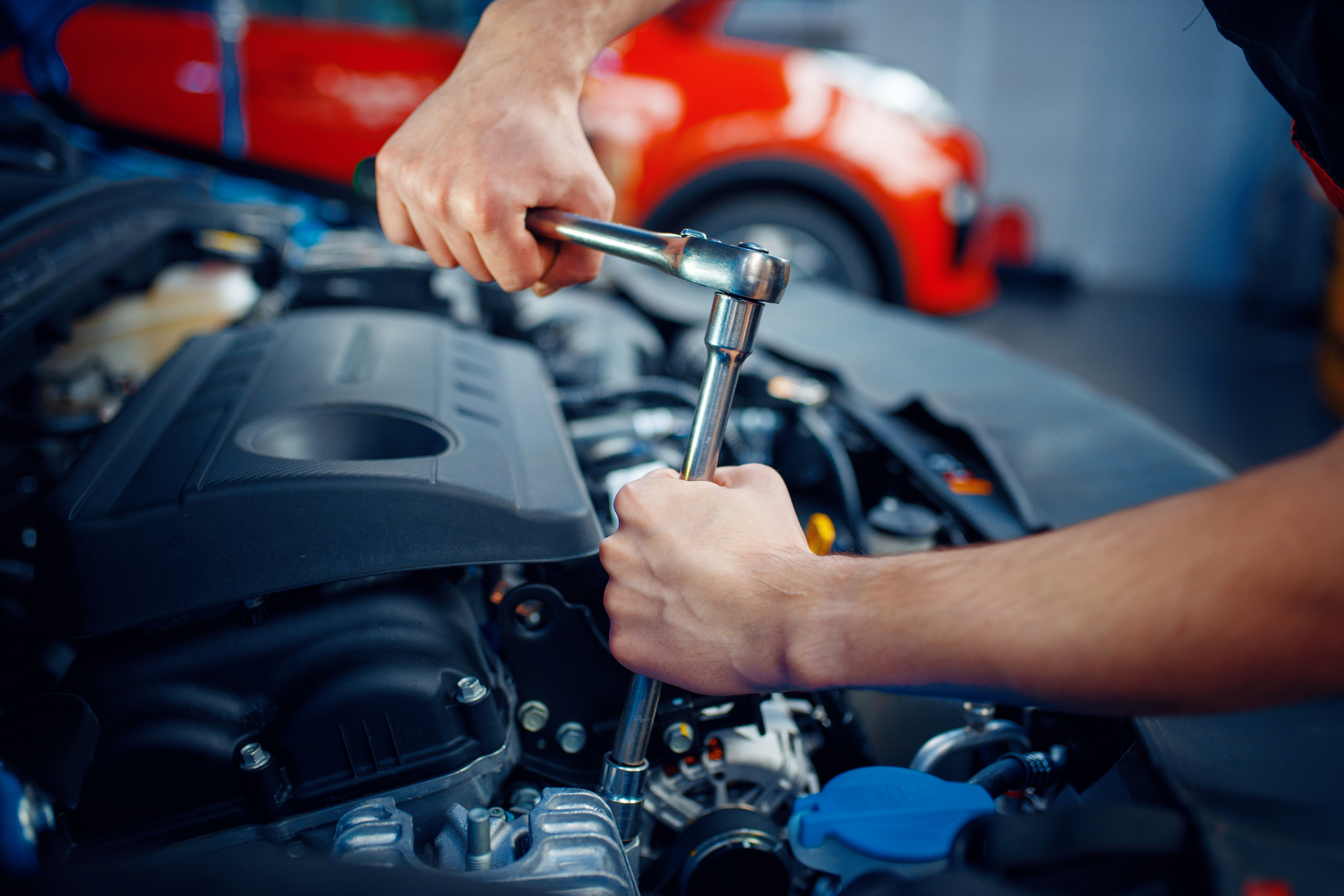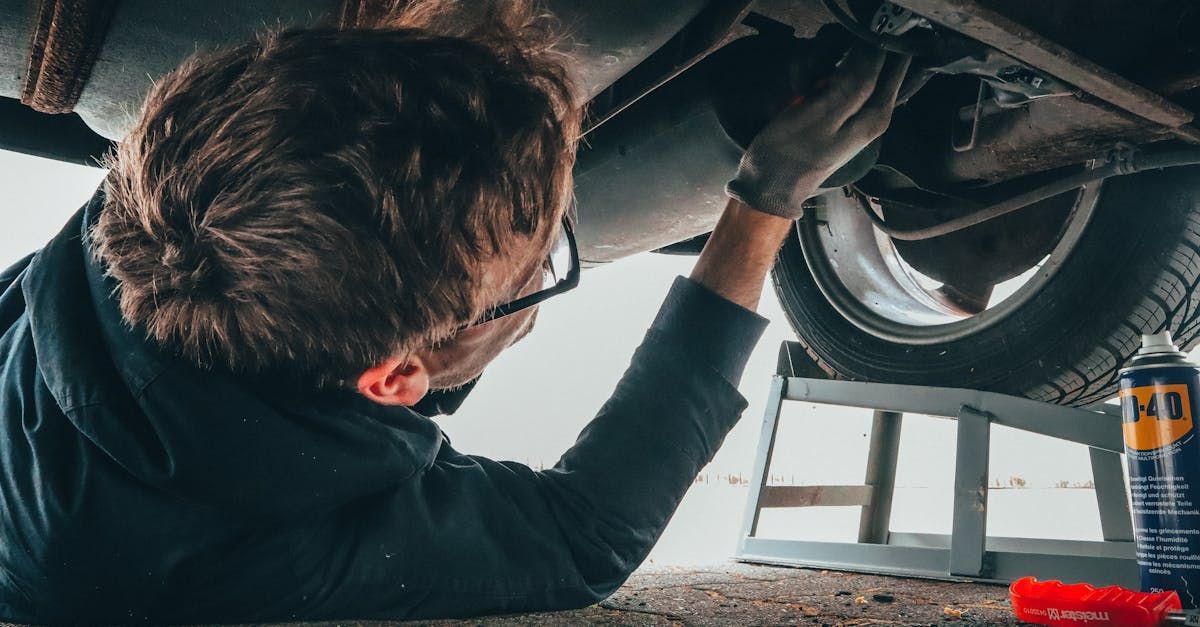By Tire Industry Association
•
October 21, 2024
In the wake of the devastating hurricanes that have ravaged Florida and the Southeast in recent weeks, the Internal Revenue Service reassured victims that it stands ready to provide the tax-related assistance they need to recover from these storms. IRS.gov has a variety of information to help disaster victims navigate common situations in the aftermath of disasters. The IRS also has a special hotline specifically dedicated to taxpayers with disaster-related tax questions; disaster victims can call the agency’s disaster hotline at 866-562-5227. Here is a rundown on tax help available from the IRS. More time to file and pay The IRS automatically gives taxpayers whose address of record is in a disaster-area locality more time to file returns and pay taxes. Taxpayers get the extra time without having to ask for it. Currently, taxpayers in the entire states of Alabama , Florida , Georgia , North Carolina , and South Carolina , and parts of Tennessee and Virginia , who received extensions to file their 2023 returns have until May 1, 2025, to file. Tax-year 2023 tax payments are not eligible for this extension. In addition, May 1 is also the deadline for filing 2024 returns and paying any tax due. The IRS is offering relief to any area designated by the Federal Emergency Management Agency (FEMA) . The current list of eligible localities is always available on the Tax relief in disaster situations page on IRS.gov. This page also provides disaster updates and links to resources, and information is usually available on the IRS Twitter (now X) account as well. Disaster payments usually tax-free Qualified disaster relief payments are generally excluded from gross income. In general, this means that affected taxpayers can exclude from their gross income amounts received from a government agency for reasonable and necessary personal, family, living, or funeral expenses, as well as for the repair or rehabilitation of their home, or for the repair or replacement of its contents. See Publication 525, Taxable and Nontaxable Income , for details. Retirement plan help Additional relief may be available to affected taxpayers who participate in a retirement plan or individual retirement arrangement (IRA). For example, a taxpayer may be eligible to take a special disaster distribution that would not be subject to the additional 10% early distribution tax and allows the taxpayer to spread the income over three years. Taxpayers may also be eligible to make a hardship withdrawal. Each plan or IRA has specific rules and guidance for their participants to follow. Disaster loss deduction may be available In some instances, individuals and businesses in a federally declared disaster area can qualify for a casualty loss tax deduction. The deduction is available for damaged or destroyed property not covered by insurance or other reimbursement and can result in a larger refund. A unique feature of this deduction is that taxpayers can choose to claim it on either the return for the year the loss occurred (in this instance, the 2024 return normally filed next year), or the return for the prior year (the 2023 return filed this year). For individual taxpayers, the deadline for making this election is Oct. 15, 2025. If deductions exceed a taxpayer’s income, it can result in a net operating loss (NOL). A taxpayer need not have a business to have a NOL from a casualty. A NOL can normally be carried forward and deducted in a future tax year. See Publication 547, Casualties, Disasters, and Thefts , and Publication 536, Net Operating Losses (NOLs) for Individuals, Estates, and Trusts , for details. Free tax transcripts available The IRS reminds anyone whose tax records were lost or destroyed, or who needs tax records to apply for disaster assistance that they can get a free transcript of their returns from the IRS. Immediate access to these transcripts is available through the Get Transcript link on IRS.gov. Alternatively, taxpayers can use Get Transcript to request that transcripts be mailed to them. They can also call 800-908-9946 to request mail delivery or submit Form 4506-T, Request for Transcript of Tax Return . As a reminder, taxpayers must have filed all required tax returns in order to qualify for disaster loans or grants for business owners, homeowners, and renters from the Small Business Administration. Free copy of tax return Disaster-area taxpayers can get a free copy of their tax return by filing Form 4506, Request for Copy of Tax Return. The IRS waives the usual fees and expedites requests for copies of returns for people who need them to apply for disaster-related benefits or to file amended returns claiming disaster-related losses. To speed processing, be sure to notate that this is a disaster-related request and list the state and type of event. Address change After a disaster, people might need to temporarily relocate. Those who move should notify the IRS of their new address by submitting Form 8822, Change of Address. Disaster hotline Taxpayers with disaster-related tax questions can call the agency’s disaster hotline at 866-562-5227. Taxpayers should also call this number if they live outside the disaster area but believe they qualify for a disaster-related extension or deadline postponement. This might be true, for example, if their records necessary to meet a deadline occurring during the postponement period are located in the affected area. This also includes workers assisting the relief activities who are affiliated with a recognized government or philanthropic organization. More information The IRS encourages affected taxpayers to review all federal disaster relief at DisasterAssistance.gov. Here are other helpful IRS resources: FAQs for disaster victims Publication 584, Casualty, Disaster, and Theft Loss Workbook (Personal-Use Property) Publication 584-B, Business Casualty, Disaster, and Theft Loss Workbook Publication 547, Casualties, Disasters, and Thefts
